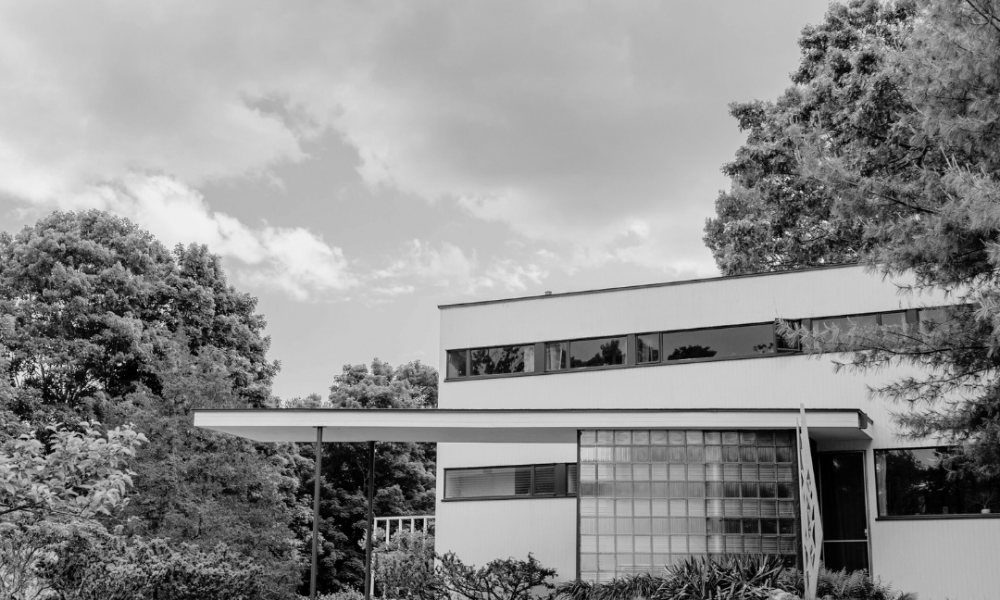
How Designers Are Tackling the Gropius House’s Most Unexpected Problem

The Gropius House in Lincoln, Massachusetts, draws design fans from around the world. People line up to see the home Walter Gropius built in 1938, a place that turned bold ideas from the Bauhaus school into everyday living. The place still feels sharp and fresh, even after nearly a century has passed. However, despite its style and history, the site faces one fundamental problem.
The only outdoor restroom for visitors is a single portable toilet parked near the old family garage. Tours sell out. The crowds keep growing. Yet the bathroom setup still feels like a stopgap that stayed far longer than anyone planned.
Historic New England, the nonprofit that cares for the home, knows this is not ideal. The porta-potty works fine, and leaders say its practicality does fit the spirit of the house, but no one pretends it looks right. It blocks sightlines, breaks the mood, and fails to meet today’s accessibility needs.
View this post on Instagram
The experience can leave visitors scratching their heads. How can a site this important rely on something so temporary for so long? That question sparked a fresh idea.
A Complicated Problem at the Iconic Landmark
The group has now launched a new international design challenge called “A Bauhaus Bathroom.” The goal is to replace the portable toilet with a permanent restroom that respects the home’s legacy. But the challenge itself is far more ambitious.
Competing teams must adhere to a clear set of rules. The new facility needs two toilets and two wash stations. It must follow ADA guidelines so that every guest can use it with ease. Its location must sit near the garage or connect to it in a clean and natural way. These rules may sound simple, yet the creative space around them is wide open.
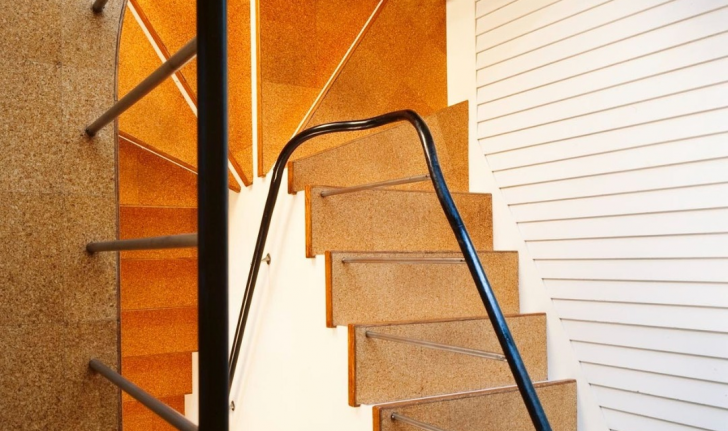
New England / IG / This competition is a call for designers to think broadly, to take the Bauhaus mindset of invention and build something smart, sturdy, and thoughtful.
Designers are encouraged to push materials, play with light, and study how people approach the site. The Bauhaus movement blended craft, art, and science. The organizers want that same mix here.
Designers Are Asked to Think Bigger
Entrants can also rethink the full arrival experience. The garage now acts as a small visitor center, but it could be more. Better flow. Better signage. Better use of space. A smarter layout could help visitors settle in before they walk to the house. This is a chance to lift the whole first impression from practical to memorable.
While the bathroom is the core of the brief, the challenge asks everyone to view the property as a complete system, not just separate parts.
The competition opened earlier in November 2025, giving teams time to study the site and shape their ideas. A guided site walk is set for January 5, 2026. This early tour allows designers to get a close look at the land, the garage, and the way visitors navigate the space.
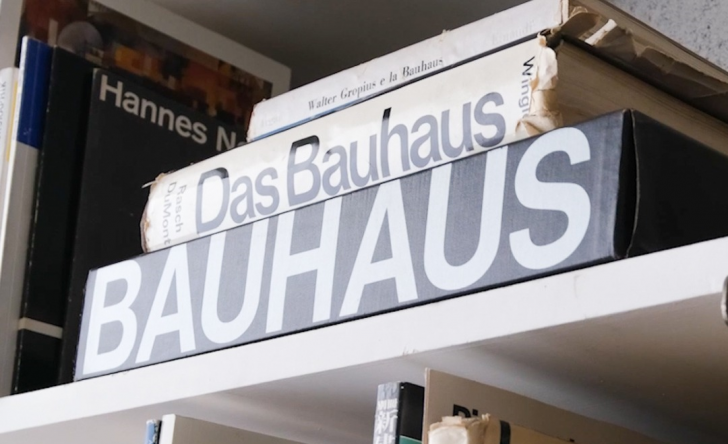
New England / IG / The winner receives a five-thousand-dollar prize, a spot in the Gropius House archive, and a dedicated exhibition at the site. However, the bigger reward is the opportunity to shape the future of a landmark.
Submissions are due on February 6, so teams need to work fast and stay focused. Finalists will be revealed on February 27, giving everyone a glimpse of the leading ideas. The winner will be named on March 27, and the design will be shown in a special exhibition in summer 2026.
The jury is a powerhouse group of architects, critics, and curators. Antoine Picon from Harvard brings deep knowledge of modern architecture. Nader Tehrani, founder of NADAAA, adds a sharp design eye. Philip Kennicott from The Washington Post brings a national critic’s view.
Suzanne Stephens, a respected writer and teacher, adds insight about design trends and history. Tanja Hwang from MoMA rounds out the group with her curatorial experience.
More in Living
-
`
Angélique Kidjo Becomes First Black African on Hollywood Walk of Fame
Angélique Kidjo just made history. On July 3, 2025, it was announced that Kidjo will be getting her own star on...
July 15, 2025 -
`
Why Smart Window Placement Is the Secret to Aesthetic Home Design
Windows shape how your home looks from the street, how light moves through your space, and how your rooms feel every...
July 8, 2025 -
`
Why Cannabis Use Doubles the Risk of Heart-Related Deaths
Doctors have warned about tobacco for decades, but marijuana is often seen as the safer choice. New research is poking holes...
July 1, 2025 -
`
The Top 5 Best Credit Cards For Family Disney Vacations
A Disney vacation in 2025 is not cheap. Park tickets, hotel stays, meals, and travel can add up fast. But the...
June 24, 2025 -
`
The Surprising Lives of 10 A-List Celebrities Before Fame
Fame changes everything, or so they say. But not everyone flips the switch once the cameras show up. Some stay grounded,...
June 17, 2025 -
`
Trump’s Surgeon General Pick Dr. Casey Means Praises ‘Illegal’ Psychedelic Therapy
Psychedelic therapy just landed at the center of the national health debate, thanks to Donald Trump’s latest pick for surgeon general....
June 3, 2025 -
`
5 U.S. Family Vacation Spots You Should Book ASAP
If you are looking for the best family vacation spots in 2025, skip the guesswork. These five places deliver the fun,...
May 27, 2025 -
`
These Stars are ‘Banned’ From the 2025 Met Gala
The Met Gala might be fashion’s Super Bowl, but not every celebrity wants to play. While millions obsess over who wore...
May 20, 2025 -
`
5 Archaic Home Decor Trends That Should Never Come Back
Home decor trends come and go faster than a TikTok challenge. One minute you are painting your walls grey, the next...
May 13, 2025


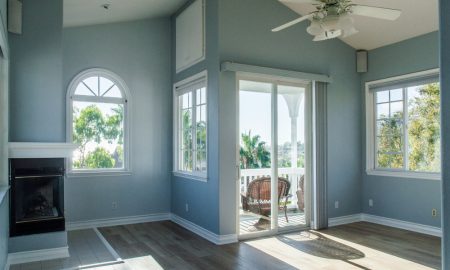






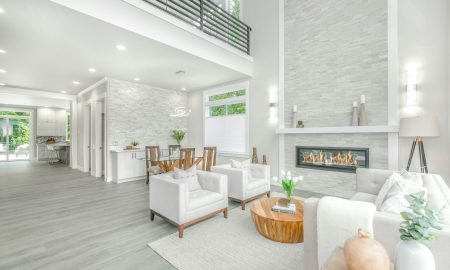





You must be logged in to post a comment Login